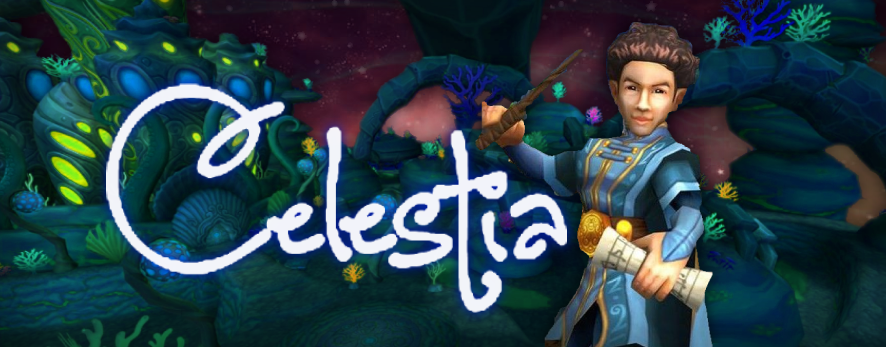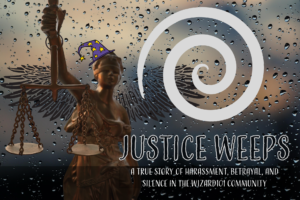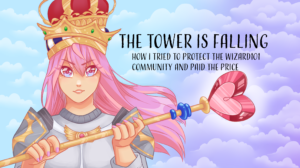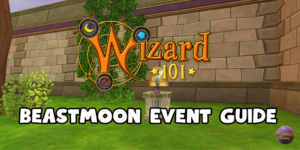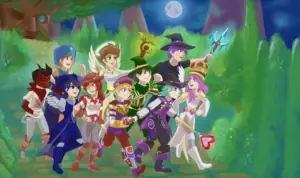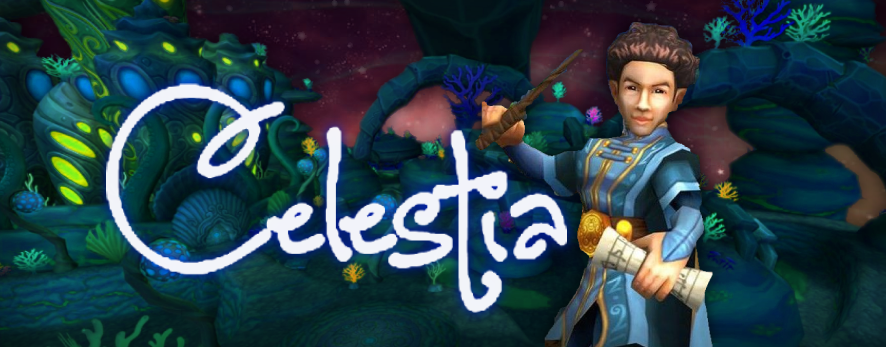
Celestia, world of the shining stars, the reflecting moon, the powerful sun -and crabs- we invite you to the recently discovered in-tact ruins of the Celestian Opera House. Archaeologists have inspected the theatre to be in safe enough condition for public entry. Our finest Marleybonian musicians have decided to hold a special performance of a collection of works held by the Archivist for hundreds of years to play for you tonight.
Main Theme
Celestia’s main theme is divided into two primary sections. These two sections highly contrast with one another, changing tonalities when going into the second section. This divide between an A and B section is called binary form. One common attribute binary form has is that the A and B section are equal in length (read: duration), as they are here.
We begin the piece off with two contrasting timbres of the low brass and flute. Instruments add in building the piece’s momentum, such as the harp, glockenspiel, and horns.
The texture becomes stable as the horns completely take over the melody and a back-beat ostinato, or repeating figure, in the strings and percussion is added.



At 00:51 seconds into the piece, the key changes into the minor mode, giving us a mysterious mood change in stark contrast to the adventurous mood in the primary section. The repetitive ascending lines in the strings give us tension, leading us upward into the mysteries. The descending eighth note line propels us forward into the next ascending row. At timestamp 1:12, the horns come in with a melody.
Each time the horns sustain a note before rhythmic trumpeting, the woodwinds play a quick descending line as counterpoint. At 1:20, the harp takes that idea and develops upon it. The harp is the main focus and the section lacks any punctuating rhythms, unlike the previous moment. Timestamp 1:25 brings back the punctuation as well as syncopates the rhythm for the thrilling tensity. Above this is the violin, borrowing from the themes of Marleybone. Using a theme to represent the people of Marleybone is a leitmotif. This makes the music coherent with the world, showing how the Marleybonians have brought their musical voice and how it effects the world of Celestia.
Mysterious Theme I
Like sea life swimming in and out of the corals in a reef, the orchestral texture solemnly and constantly shifts, phasing in and out. The high piano keys and harp accompany the echoing solo, like a sea creature seeing another silhouette off in the distance.
The texture shifts at 00:26 seconds, coming in with the timpani strike. The texture solidifies to be more traditionally orchestral. The cellos play the melody with the celesta doubling. The horns play an ascending line in the space of the melody. When it repeats, the strings and trumpets take over this counterpoint. At 00:42 seconds, the horns come back in lower, playing the melody as the trumpets play the counterpoint. The trumpets then lead us into the next section with their soli.
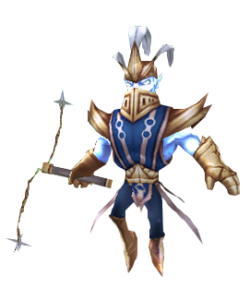
The next section at 00:52 seconds brings in a colder texture with the piccolo, harp, and celesta. The piccolo, as the highest voice, is the most noticeable to our ears. This develops a motif in different harmonic contexts that form a melody. The harp and celesta play arpeggios along with the bassoons. The horns play to lead into the different chord changes.
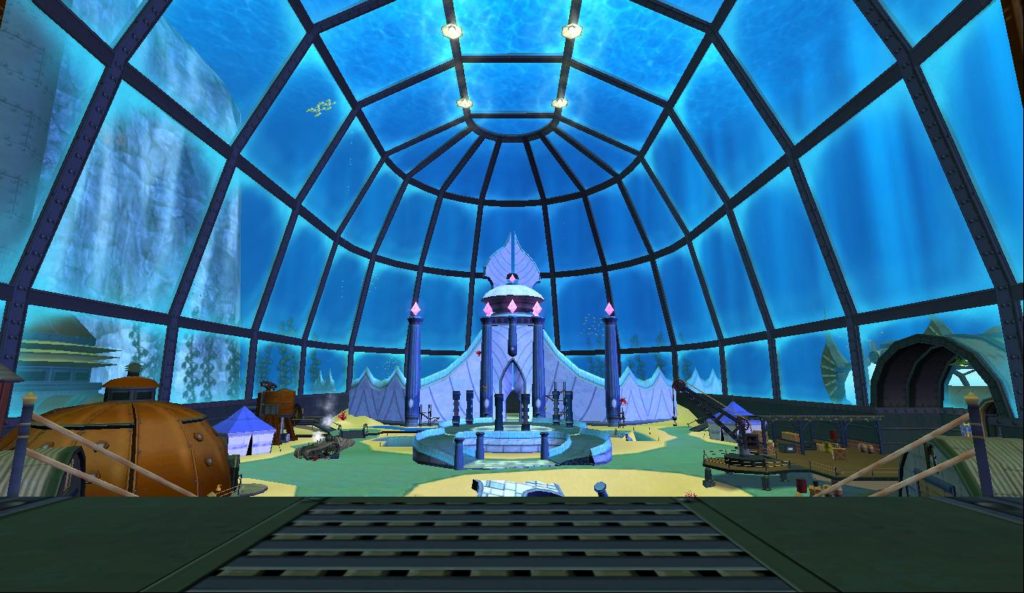
The unstable harmony builds tension, leading to the climax at timestamp 1:08. The horns and choir sustain their tones, giving the orchestra a full, supported sound. The celesta doubles the melody of the horns, adding a mysterious timbre. The timpani pluck of the harp marks the end of the adventurous section and leads us back into the cloudy mystery of the harp and celesta. The celesta plays the piccolo’s melody from before, giving an eerie tone.
Mysterious Theme II
Check out Maleficent’s transcription of this piece on Musescore!
We begin with a very light and airy texture, utilizing the smooth and cold sounds of the flutes, harp, and celesta. The flute and violin harmonize with each other as the murmuring harp supports the overlaying texture.
The flute section plays two variations on a harmonized five-note melody. At 0:12 seconds, the cello enters as the celesta continues its overlying waltz figure and the harp continues its arpeggio pattern. The slight texture change effects the mood, becoming more peaceful and melancholy than mysterious.
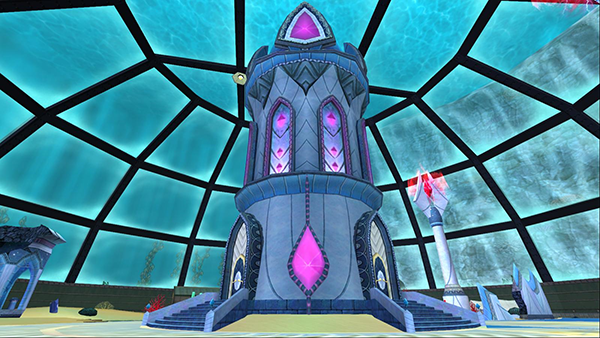
At 00:24 seconds, the cello’s descending figure in the melody leads to a brief stop in the harmony of the music as the suspended cymbal leads us into the next section. This technique is common in dance music, where a brief break after building tension makes us desire a resolution.
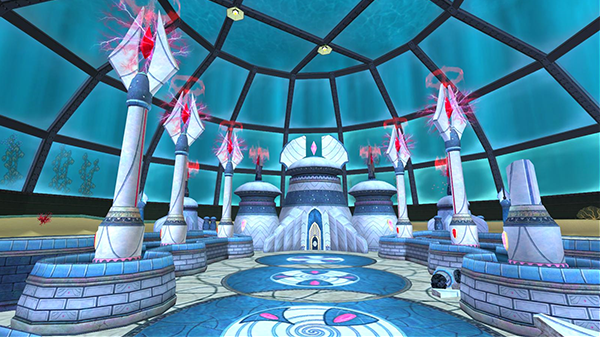
The celesta and piccolo double the melody as the violin takes over the harp’s function from before. The horns and strings sustain chords, implying the dorian mode (a specific kind of minor mode). We sway back and forth between two chords, the tonic and the major IV chord. Typically a minor iv chord, the raised scale degree in dorian gives us the unique and regal harmonic colour presented in this section.
In stark contrast, our next section has modulated to the major mode, giving it a brighter mood. The upbeat waltz pattern in the horns and strings mellows the tone. The light melody on the flute is uplifting and delicate. The music paints a picture of the fragile crumbling ruins of Celestia and the delicate breeze in the leaves of the Floating Lands.
The glissando in the celesta at 00:50 seconds leads us into the contrast of orchestration in the section. The melody is carried to the violin, still being supported by the underlying waltz figure in the horns and pizzicato strings. Timestamp 0:58 gives us a cadential point, or rest within the music. The low strings and brass come together to play a descending figure, which as the tonic gets lower in the orchestra, the more at rest we are with it and the closer to the end we seem to become. Like Tchaikovsky’s The Nutcracker, the piece ends with a quick sixteenth note run in the celesta.
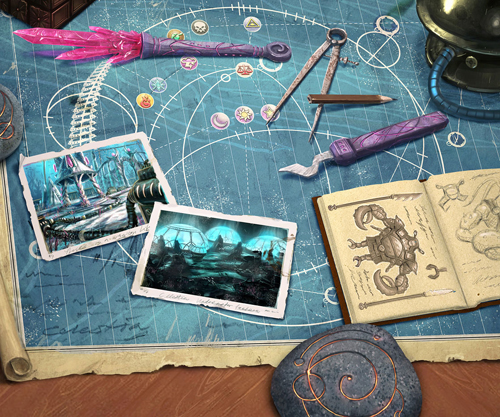
Calling back to the themes of Marleybone again, we are given a Mary Poppins-like texture with quick descending arpeggios in the celesta. The low strings and brass begin the melody as both sections high ends add in gradually, building the tension. Mysteriously, we end quietly with the celesta and violin in a cute and peaceful duet, calling back to the cello solo at the beginning. The flute ends the piece on the leading tone, which when harmonized with the pizzicato strings, implies the lydian mode, a mysterious and airy major mode.
Tribal Theme
The Tribal theme begins aggressively with a swift tam-tam (gong) strike and men’s choir. Hand drums accompany the singers primitive-sounding vocals in the intrada leading into the next section. Percussion of many colors adds vibrance to the flute’s main melodic line 00:11 seconds into the piece.
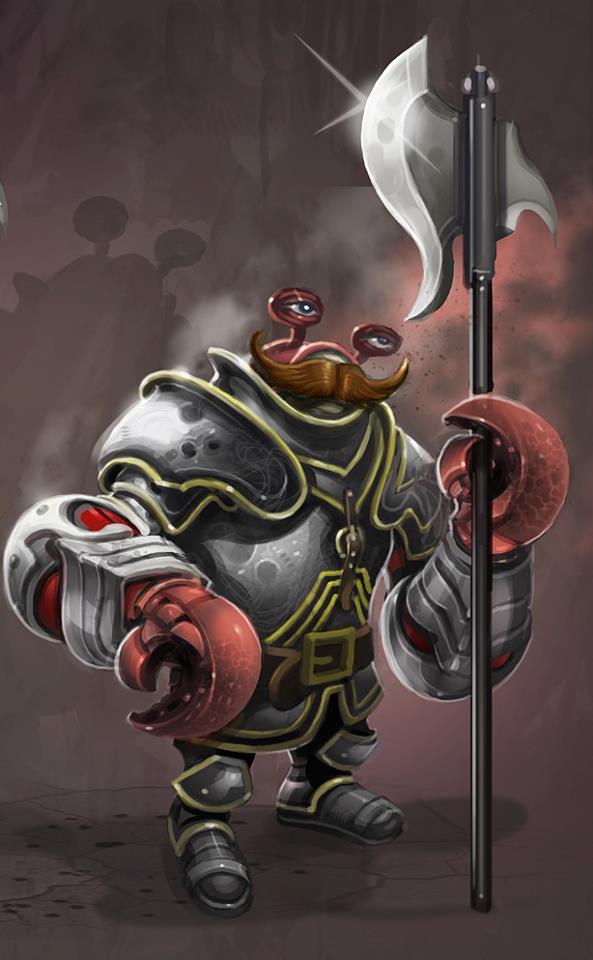
Timbres such as the marimba and xylophone are essential to the tropical sound of the piece. The bassoon takes over the flute’s melody in its mid-high register 00:21 seconds in. The xylo adds in, like a bandage to patch the transition.
At 00:34 seconds, the texture becomes more mysterious with a strong modal shift occurring at the same time. The flute takes over the melody, bringing a colder texture upfront in the ensemble. The harp has a glissando over a sustained chord in the vibraphone.
We come back into our happy texture at 00:38 seconds with harmonizing high strings and xylophone doubling a melodic line. As they fade out, the bass drum strikes, empowering the marimba’s ascending arpeggiated line.
Timestamp 00:43 brings us a hefty cadence point into the next climactic section. We see the return of the tribal voices in counterpoint of the strings and mallet percussion. In other words, the voices sing where the other melody’s voice is sustained on a note.
This thick orchestral texture relaxes into a flute solo at 00:56 seconds. This time, the melodic line is played in a lower register, bringing a sense of familiarity, but closure to the piece. Most pieces feel resolved in lower registers and more tense in the higher ones and this piece exemplifies that.
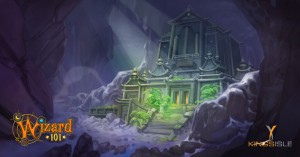
Finale Theme
The crash in the percussion initiates the orchestra. The woodwinds scramble together from motifs, or recognizable fragments in development. This continues as an ostinato as the low brass comes in with a simple melody. The high brass comes in at 00:19 seconds, continuing where the low brass left off. This melody introduces the main thematic material used in the piece, categorized by its short-long-short-long rhythm. This section ends with a bass drum hit as the ensemble plays a dramatic chord.
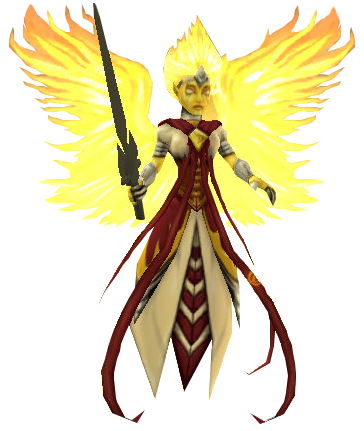
The suspended cymbal leads us into the next section at 00:32 as the rhythm changes into a triple meter. The woodwinds’ downbeat is emphasized more than the other two beats in each measure, giving the feeling of a waltz. The melody stated beforehand in the brass develops with this meter change. The short-long-short-long pattern shortens the longer note by a single beat so that the long note plays on each downbeat. As this occurs, the horns and trumpets have a call-and-response pattern with each other. As one group sustains a note in their melody, the other repeats it in the meantime. The melody is given to the flute, continuing the same rhythmic pattern
The melody climaxes at 00:52 seconds, as the timpani strikes. The high strings emphasize the downbeat of the melody the as the brass plays. All the while, the harp plays quick, descending arpeggiated runs while the flute rocks back and forth between notes.

In the transition section at 1:15, the flute and the harp duo together to create a mysterious ambiance before jumping right into the grand finale of the piece at timestamp 1:29. In the meantime, the mysterious mood distracts us from the fact that the rhythm is changing to duple meter, giving us four beats per measure. In this section, we see the full development from the short-long-short-long motif become short-long-short-up-down-up-down.
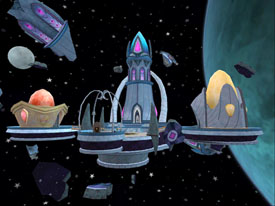

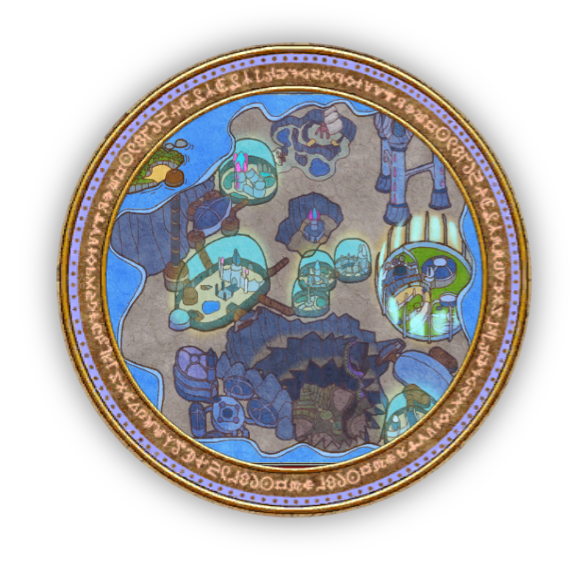
Thank you, Starlights, for joining me on this musical adventure through the music of Celestia.
Disclaimer:
All transcriptions of the music are from the original/classic mode music scrolls. Not all of my transcriptions are 100% accurate, but they are close and the rhythm is properly notated.
